Podcast: Play in new window | Download | Embed
For my final show of Rocktober 2021 on it’s final day, Halloween, another act, much like the first three featured this year, that laid the foundation for their respective sub-genre of Rock and Roll: Glam Metal. Today we revisit the first decade of band that just won’t die, Motley Crue. #glammetal #hairmetal #heavymetal #motleycrue
Where were you 40 years ago? For myself, I was an awkward teenager who never believed he would fit in, and maybe I still don’t. I was living in Los Angeles, and as much as I liked Pop, R&B, New Wave and mainstream rock, there was something afoot in the streets that was calling my name: Heavy Metal. I latched onto it quickly, and without even knowing it initially, was about to be immersed in the next wave of heavy rock acts that would come to rule the decade, bands that were alternately called Hair Metal or Glam Metal.
At the epicenter of all of this was a group of four guys: Nikki Sixx, Tommy Lee, Vince Neil (a friend of Lee’s from high school) and an older man, Bob Deal, soon to be known as Mick Mars. Staring their professional career on April Fool’s Day 1981, they realized they were about to hit on a unique sound, one that drew from metal, 70’s glam rock groups like Sweet and Power Pop bands like Cheap Trick. They also embraced a high heels, flash clothing and make-up look that also drew heavily and equally from S&M and androgynous glitter rock, replete with mega-volume hair.

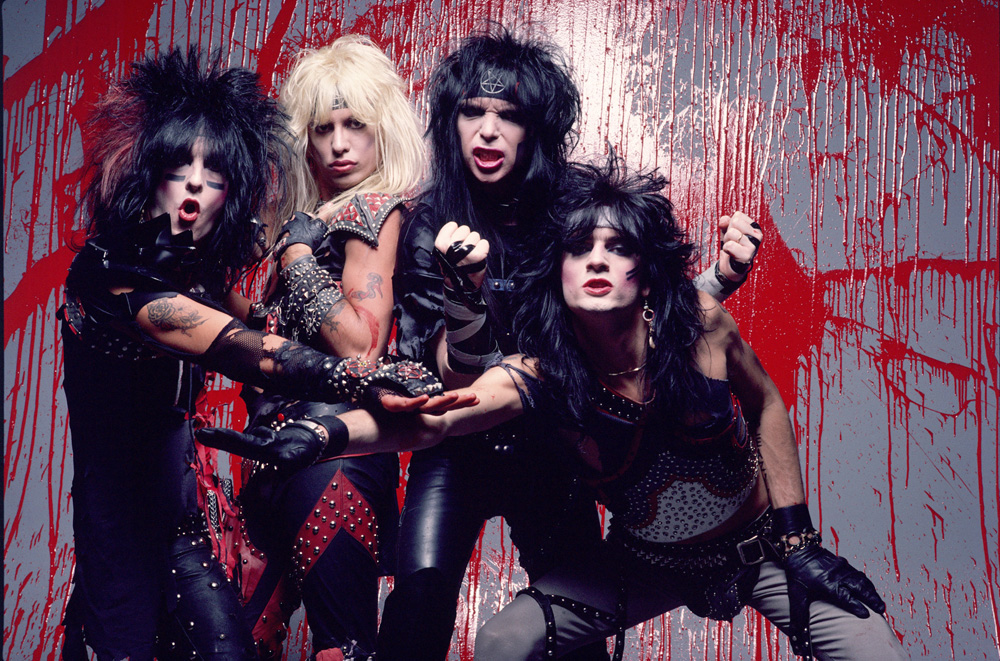
It was loud, fast, crude and often times, ridiculous, the way that all great rock and roll was and is. They released their debut single. “Stick To Your Guns” and debut album, Too Fast For Love, on a label they formed themselves, Leathur Records. The men would name themselves Motley Crue, even placing umlauts above two of the vowels like the ones used in Lowenbrau beer, a favorite of the group at the time.
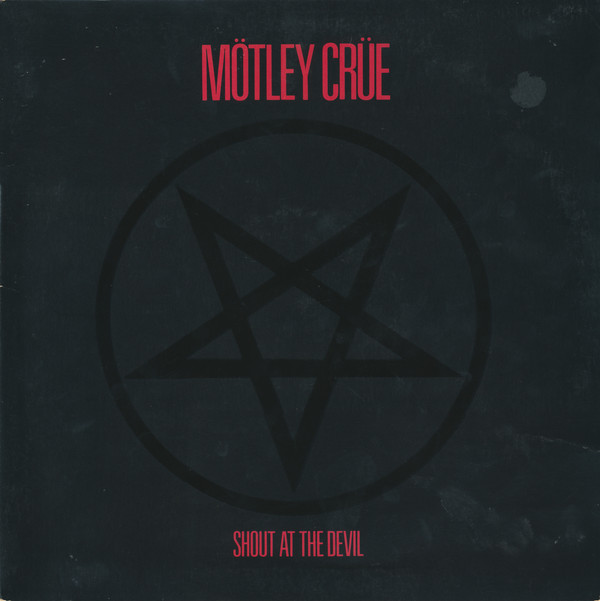
Truly hated by critics and despised by conservatives, including then-Senator Al Gore’s wife Tipper of the Parents Resource Music Center, the band were signed to a major label, a first for this sub-genre, and purposely went about making a name for themselves touring, even causing a series of publicity stunts that got their name in the press.
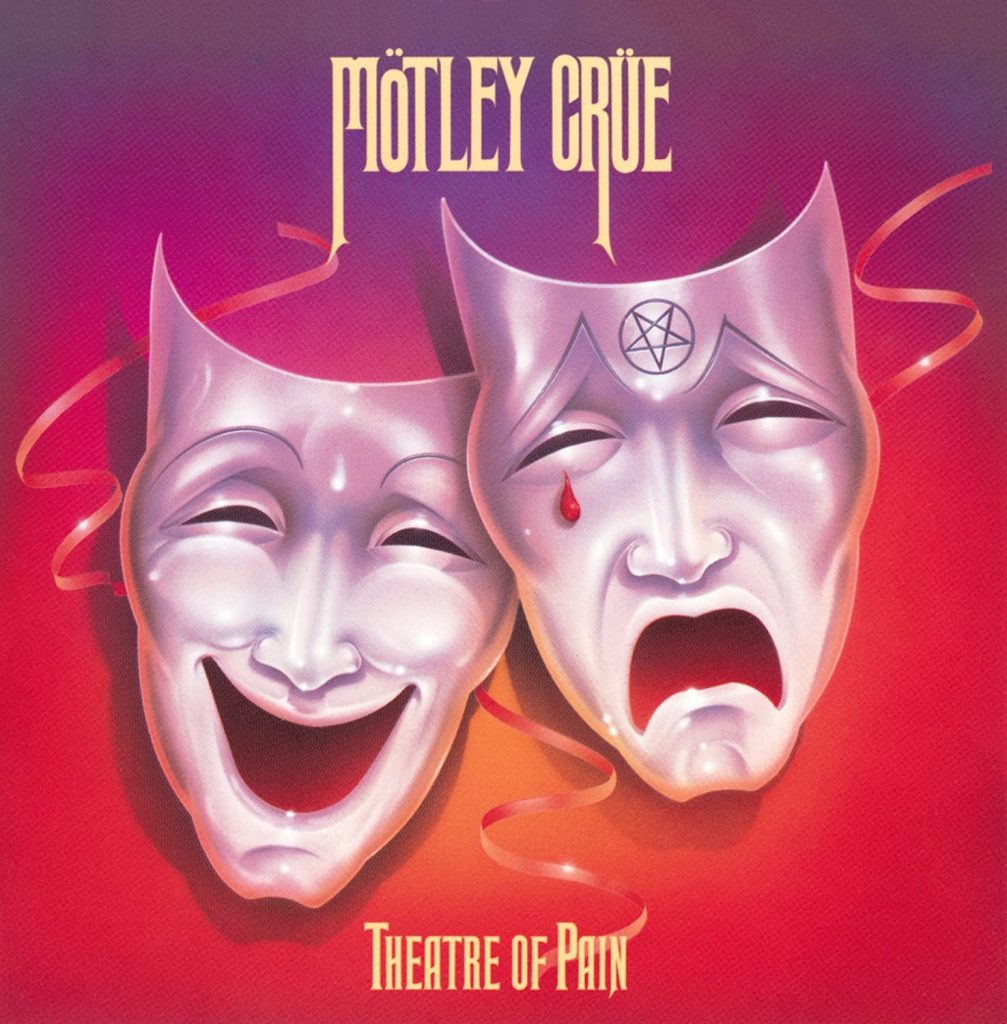
By the time of their second album, Shout at The Devil, the band were now opening for Ozzy Osbourne, getting regular rotation on MTV and selling records by the millions, being fueled not by traditional promotion from their label, but simply by word of mouth. They kept their names in the papers, but now instead of publicity stunts, it was for all the wrong reasons.
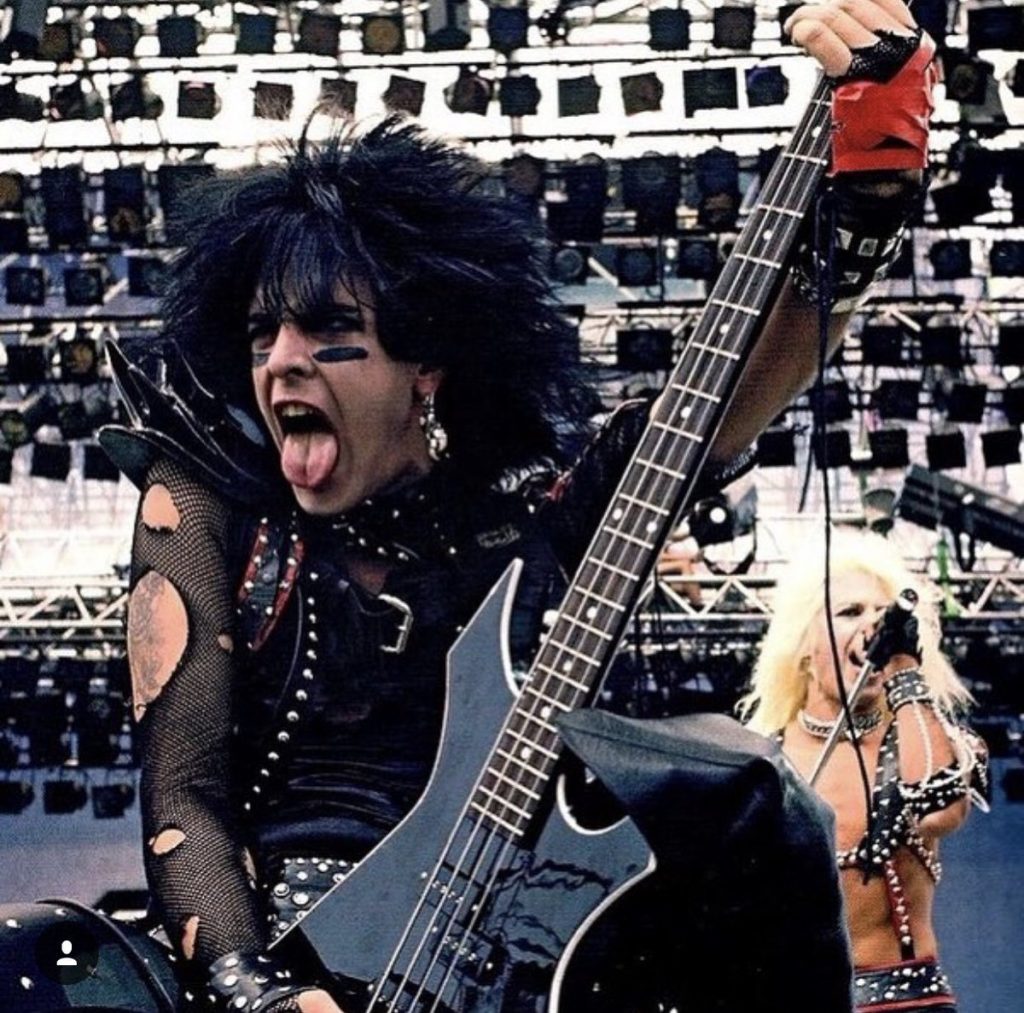
By 1985, the band had a top ten Billboard LP, Theatre of Pain and were arena rock headliners, but of course, in true VH1 Behind The Music fashion, the band started to wear themselves down with excessive drug use and infighting. They were disappointed musically by the time of their 1987 LP, the mega-selling Girls, Girls, Girls, and Sixx actually briefly died from an overdose. The band went into rehab and then recorded their most successful LP, Dr. Feelgood.
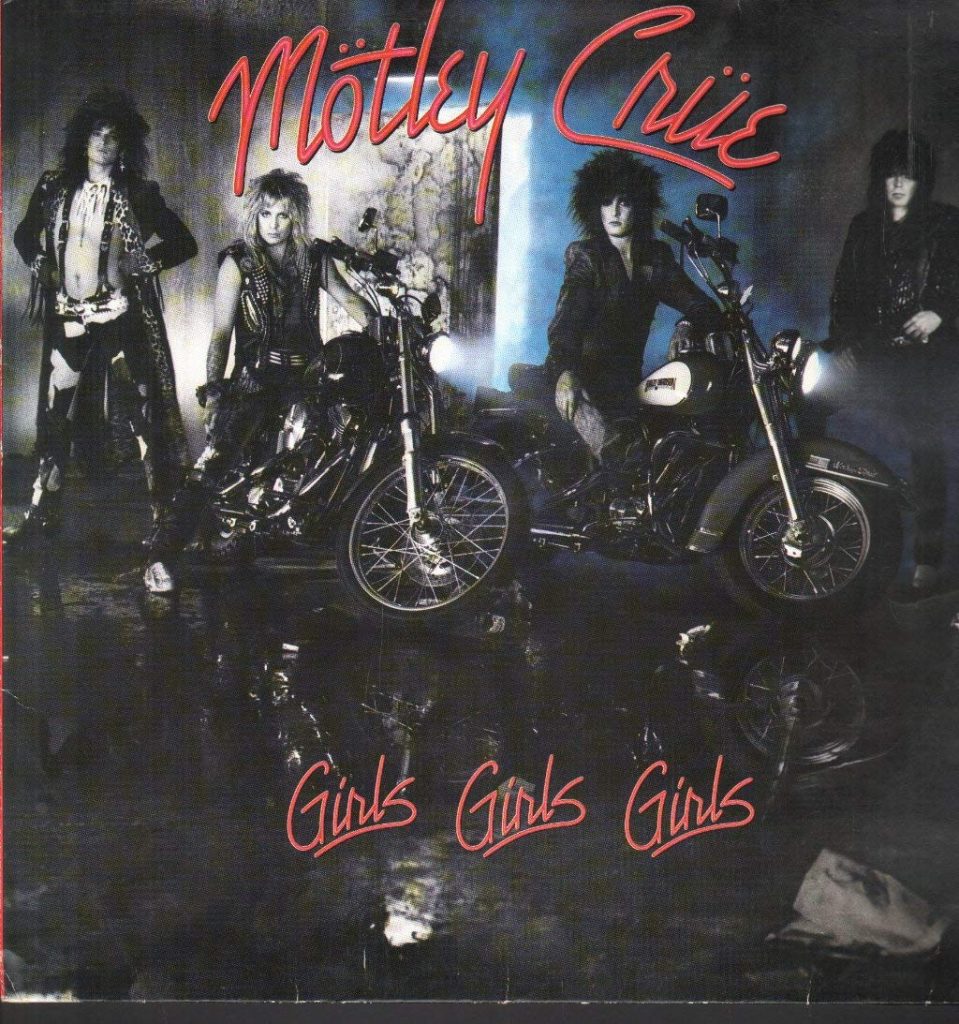
Sadly, feuding among the members meant that Neil and Lee would out of the band for a while at different periods, only to later return. The group have been active in recent years due in no small part to a New York Times bestseller called The Dirt and a highly rated biopic. Even though they supposedly called in a day several years ago and haven’t released a new album of original material since 2008, their highly anticipated tour next year is expected to be a huge money maker.

They were completely emblematic of the decade of excess, the 1980’s, and still remain what they set out to be: the ultimate rock and roll party band and live act of their generation that, if you see feedback and postings online, still seems to gain devoted and fanatical new disciples daily.
First Part
- In The Beginning, 1983, Shout At The Devil (Tom Werman, vocal)
- Shout At The Devil, 1983, Shout At The Devil
- Girls, Girls, Girls, 1987, Girls, Girls, Girls
- Don’t Go Away Mad (Just go Away), 1989, Dr. Feelgood
- Take Me To The Top (original demo), 1981, bootleg recording
- Tonight (We Need A Lover), 1985, Theatre of Pain
- Teaser, 1989, Stairway To Heaven, Highway To Hell
- Too Young Too Fall In Love (live in Boston), 1984, bootleg recording
Second Part
- Bastard, 1983, Shout At The Devil
- Live Wire (original Leathur Records Version), 1981, original version of Too Fast For Love
- Smokin’ In The Boys Room, 1985, Theatre of Pain
- Kickstart My Heart, 1989, Dr. Feelgood
- Dr. Feelgood, 1989, Dr. Feelgood
- Stick To Your Guns, 1981, 45 RPM single A-side
- Too Fast For Love (alternate version), 1982, edited and released on Too Fast For Love
- Wild Side, 1987, Girls, Girls, Girls
Finale
- Looks That Kill, 1983, Shout At The Devil
Love to you all.
Ben “Daddy Ben Bear” Brown Jr.
Host, Show Producer, Webmaster, Audio Engineer, Researcher, Videographer and Writer
Instagram: brownjr.ben
Twitter: @BenBrownJunior
LinkedIn: benbrownjunior
Design Site: aospdx.com
“Copyright Disclaimer Under Section 107 of the Copyright Act 1976, allowance is made for ‘fair use’ for purposes such as criticism, comment, news reporting, teaching, scholarship, and research. Fair use is a use permitted by copyright statute that might otherwise be infringing. Non-profit, educational or personal use tips the balance in favor of fair use.”
